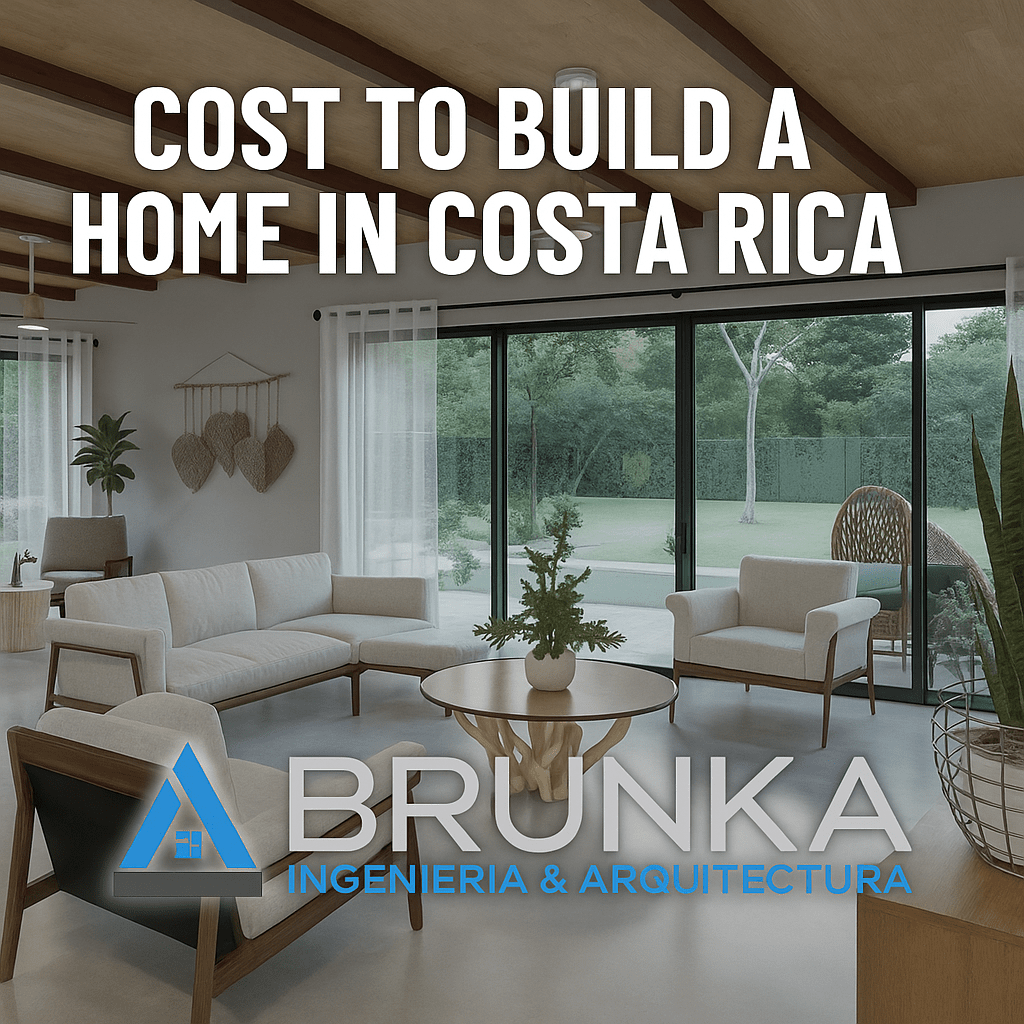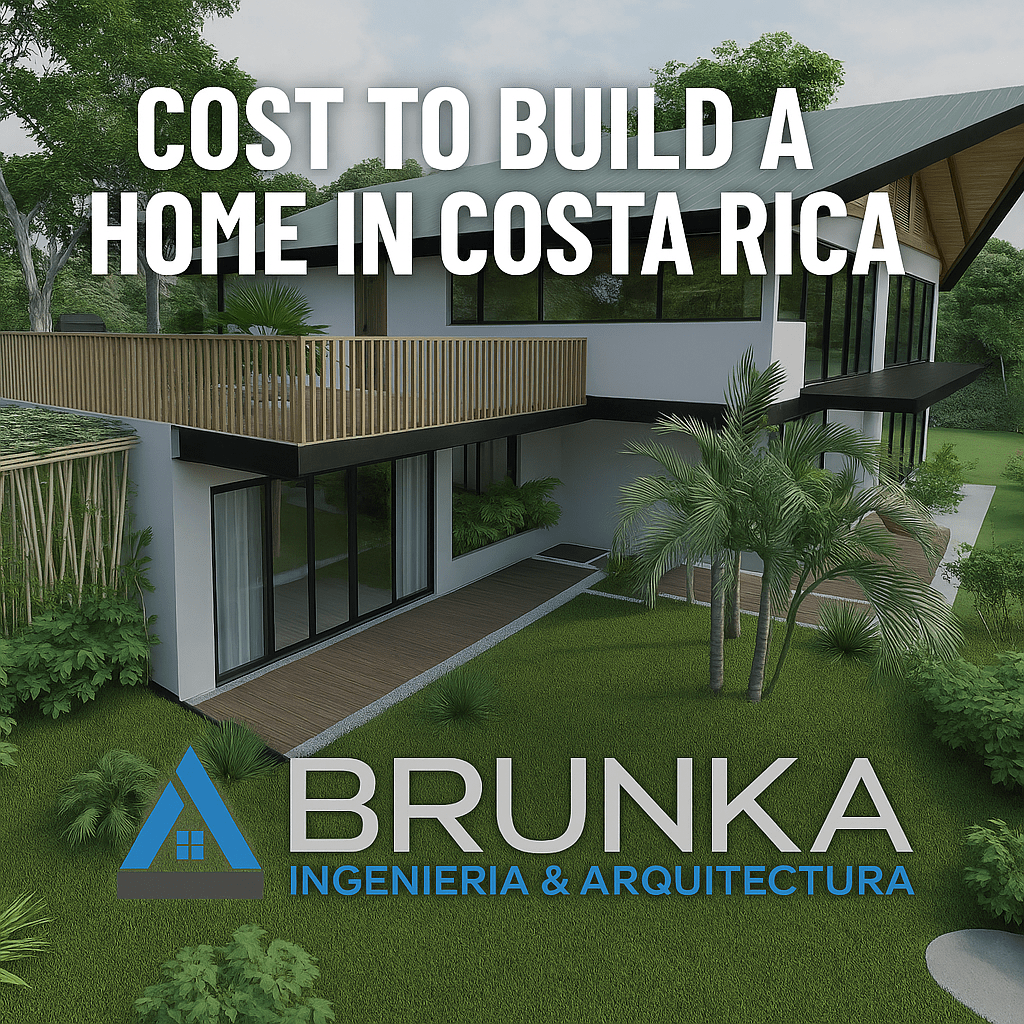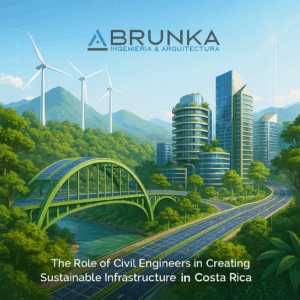
Cost to Build a Home in Costa Rica
🏗️ 2025 Construction Cost Overview
🔢 Average Construction Costs
Construction expenses in Costa Rica have seen an uptick due to global inflation and increased demand. What does it cost to build a home in Costa Rica? Here’s a breakdown:
- Basic Construction: Approximately $88–$121 per square foot ($947–$1,300 per m²), suitable for modest finishes.Coldwell Banker Samara
- Mid-Range Construction: Ranging from $120–$167 per square foot ($1,300–$1,800 per m²), offering better materials and finishes.Coldwell Banker Samara
- High-End Construction: Between $167–$190 per square foot ($1,800–$2,050 per m²), featuring luxury finishes and custom designs. Coldwell Banker Samara+1remax-oceansurf-cr.com+1
It’s essential to note that these figures can vary based on location, design complexity, and material choices.ticonstru.com
📍 Regional Variations
Construction costs differ across regions:
- Guanacaste: $1,011–$1,320 per m² ticonstru.com
- Puntarenas: $926–$1,218 per m² YouTube+11coldwellbankercr.com+11Coldwell Banker Samara+11
- Limón: $942–$1,217 per m²
- Greater Metropolitan Area (GAM): $942–$1,217 per m²
These variations are influenced by factors like accessibility, infrastructure, and local demand.
Building a home in Costa Rica is a dream for many, but the process involves careful planning and an understanding of the associated costs. From purchasing the land to obtaining permits and selecting the right construction company, each step requires time, money and expertise. By understanding the costs in advance and preparing for the various stages of the building process, you can ensure that your dream home becomes a reality without any unexpected financial surprises.

In this guide, we’ll walk you through the key costs and initial steps of building a home in Costa Rica, giving you insight into what to expect when planning your project.
1. Purchase of land*
The first and most important step in building a home in Costa Rica is acquiring the right land. Land prices in Costa Rica vary significantly by region. Coastal areas such as Guanacaste, Tamarindo, and the Nicoya Peninsula tend to be more expensive, while more rural areas or mountainous regions may offer more affordable options.
When purchasing land in Costa Rica, it is important to work with a reputable real estate agent and attorney to ensure that the property has a clear title and is legally zoned for residential construction.
Internal link: Learn more about site plans and permits you will need once you have purchased your land in Costa Rica.
2. Permits and legal costs
Once you have purchased the land, the next step is to obtain the necessary permits and approvals. The process of obtaining building permits in Costa Rica is highly regulated, and you will need to obtain several permits from local municipalities and government agencies, including:
- Land Use Permit: This permit ensures that your property is zoned for residential use.
- Construction Permit: Required before construction begins, this is the main permit issued by the municipality.
- Environmental Feasibility Permit: For projects that may impact the environment, particularly those near protected areas.
The cost of permits can vary, but you should expect to pay between $1000 and $3000 for the entire process. Additionally, you will need to factor in legal fees, which can range from $1500 to $5000, depending on the complexity of your project.
Internal Link: Find out how our engineering services help you navigate the Costa Rica permitting process to ensure compliance and a smooth start to your construction project.
3. *Architectural design and engineering fees
Hiring an experienced architect is essential to designing a home that is both functional and suited to Costa Rica’s unique climate. Architects’ fees in Costa Rica typically range from 8% to 15% of the total cost of construction, depending on the complexity of the design and the scope of services provided.
You’ll also need to factor in the cost of structural engineering services, which ensure your home is built to withstand Costa Rica’s seismic activity and tropical conditions. These fees typically range from 3% to 6% of the construction cost.
Pro tip: Invest in an experienced Costa Rica architect to ensure your home is designed to withstand the country’s humidity, heat, and rainy seasons.
Explore our architectural design services and see how we can help you bring your dream home to life with expert design tailored to Costa Rica’s environment.
4. Construction costs
The cost to build a home in Costa Rica can vary widely depending on factors such as location, materials, and home size. On average, construction costs in Costa Rica range from $80 to $200 per square foot, with higher-end homes costing more.
These costs include labor, materials, and contractor fees. It’s important to budget for contingencies, as unexpected costs can arise during construction due to weather, material shortages, or changes in the scope of the project.
Internal link: Learn more about our project management services and how we ensure your construction stays on schedule and on budget.
5. Public service and infrastructure connections
Depending on the location of your property, you may need to budget for connecting your home to utilities like water, electricity, and sewer. In some rural areas, you may also need to install septic tanks or water storage systems. The cost of utility connections can range from $2,000 to $10,000, depending on how far you are from existing infrastructure.
Additionally, you’ll need to make sure your property has a reliable internet connection, especially if you plan to work remotely from home. Costa Rica offers several internet service providers, with installation fees typically ranging from $100 to $500, depending on location and service speed.
6. Furniture, accessories and finishes
One of the final steps in building your home is selecting furniture, fixtures, and finishes. Costa Rica offers a wide range of local and imported options, and your choices will depend on your budget and style preferences. Custom furniture can be sourced from local artisans, and high-quality imported finishes can significantly increase your costs.
Budgeting for furnishings and interior design is an important part of the process. Many homeowners allocate 10% to 20% of the total project budget to these finishing touches.
Pro tip: Consider working with local vendors for unique, sustainable furniture options that reflect Costa Rica’s natural beauty.
7. Sustainability and green options
Costa Rica is known for its commitment to sustainability, and many homeowners choose to incorporate eco-friendly materials and renewable energy sources into their homes. Solar panels, energy-efficient appliances, and water conservation systems are popular options that can reduce your home’s environmental impact and lower utility costs in the long run.
While incorporating these features may increase the initial cost of building your home, they can save you money in the long run by reducing energy consumption and increasing the value of your property.
External link: For more information on sustainable construction, check out this sustainable living guide.

Conclusion: How to Budget for Your Dream Home in Costa Rica
Building a home in Costa Rica requires careful planning and budgeting. By understanding the costs involved, from land acquisition and permits to construction and finishing touches, you can avoid surprises and keep your project on track. Working with experienced architects, engineers, and project managers will help ensure your home is designed and built to meet your needs while also complying with environmental standards and Costa Rican regulations.
Call to Action: Ready to begin your home construction project in Costa Rica? Contact Brunka Architects & Engineers today to get started with expert guidance and comprehensive construction services.
Internal Link: Explore our completed projects to see how we’ve helped homeowners like you build their dream homes in Costa Rica.
-

The Role of Civil Engineers in Creating Sustainable Infrastructure in Costa Rica
-

How 3D Renderings Improve Communication Between Architects and Clients
-

Top Mistakes to Avoid When Planning Commercial Construction in Costa Rica
-

Designing Custom Homes in Costa Rica: Architectural Insights for Expats and Locals
-

Modern Home Design in Costa Rica: Key Features Homeowners Are Choosing Today
-

How Engineering Innovations Are Shaping Sustainable Commercial Buildings in Costa Rica



